Indoor lighting basics
tcharles26
17 years ago
Related Stories
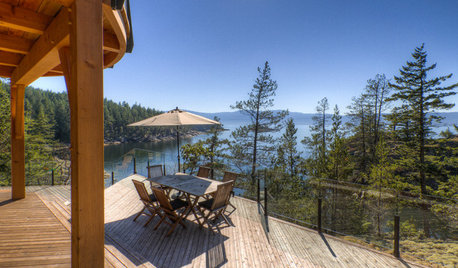
DECKSDecking Materials Beyond Basic Lumber
Learn about softwoods, tropical hardwoods, composites and more for decks, including pros, cons and costs
Full Story
CONTAINER GARDENSContainer Garden Basics: How and When to Water Potted Plants
Confused about soil moisture, the best time to water and what watering device to use? This guide can help
Full Story
GREEN BUILDINGInsulation Basics: Heat, R-Value and the Building Envelope
Learn how heat moves through a home and the materials that can stop it, to make sure your insulation is as effective as you think
Full Story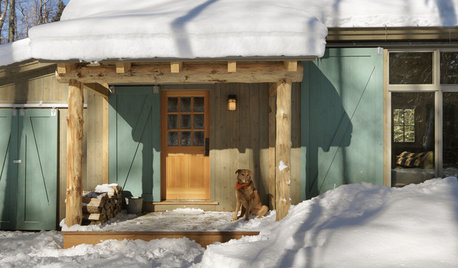
RUSTIC STYLE10 Cabin Rental Basics for City Slickers
Stay warm, dry and safe while you’re enjoying winter cabin life with this valuable advice
Full Story
MATERIALSInsulation Basics: What to Know About Spray Foam
Learn what exactly spray foam is, the pros and cons of using it and why you shouldn’t mess around with installation
Full Story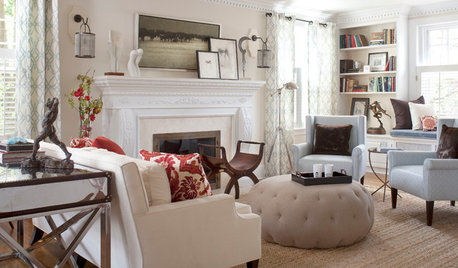
ENTERTAININGEasy Hospitality: 3 Basics for Successful Hosting
Make guests comfortable even if resources are tight by getting these entertaining essentials down pat
Full Story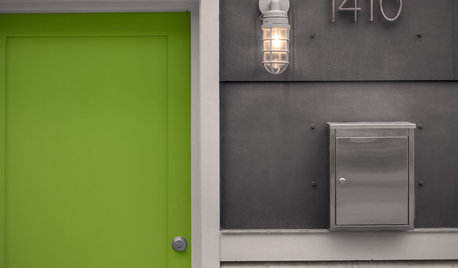
DECORATING GUIDESFeng Shui Basics for a Happy Home
Get the good energy flowing at home for a clearer mind — and maybe even a healthier and more prosperous life
Full Story
GREEN BUILDINGInsulation Basics: Natural and Recycled Materials
Consider sheep’s wool, denim, cork, cellulose and more for an ecofriendly insulation choice
Full Story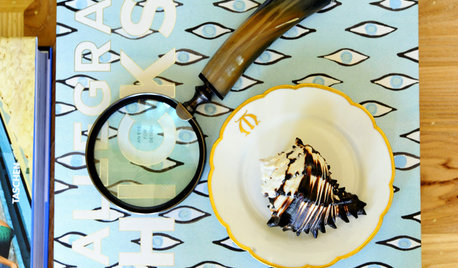
ACCESSORIESStyling Basics: 8 Favorite Accessories to Finish Your Space
Here's how to use these simple items to take your room to the next level
Full Story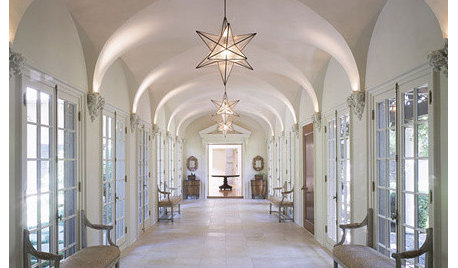
LIGHTINGIndoor Stars Light Winter Nights
Bring the night sky indoors with twinkling lanterns, star charts, clever curtains and more
Full StoryMore Discussions






shrubs_n_bulbs
ines_99
Related Professionals
Citrus Heights Landscape Architects & Landscape Designers · Fort Lee Landscape Architects & Landscape Designers · Owings Mills Landscape Architects & Landscape Designers · Burlington Landscape Contractors · Dedham Landscape Contractors · Edinburg Landscape Contractors · Washington Landscape Contractors · Baltimore Fence Contractors · Coral Gables Fence Contractors · Kansas City Fence Contractors · Newark Fence Contractors · Pensacola Fence Contractors · Newton Roofing & Gutters · Miami Beach Roofing & Gutters · Port Neches Roofing & Guttersshrubs_n_bulbs
ines_99
zink
watergal
zink
watergal
nanook_eskimo_com
cannabisgrower